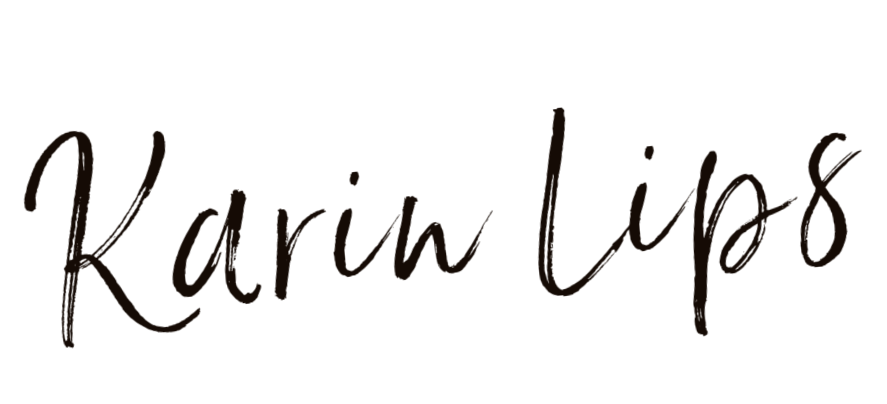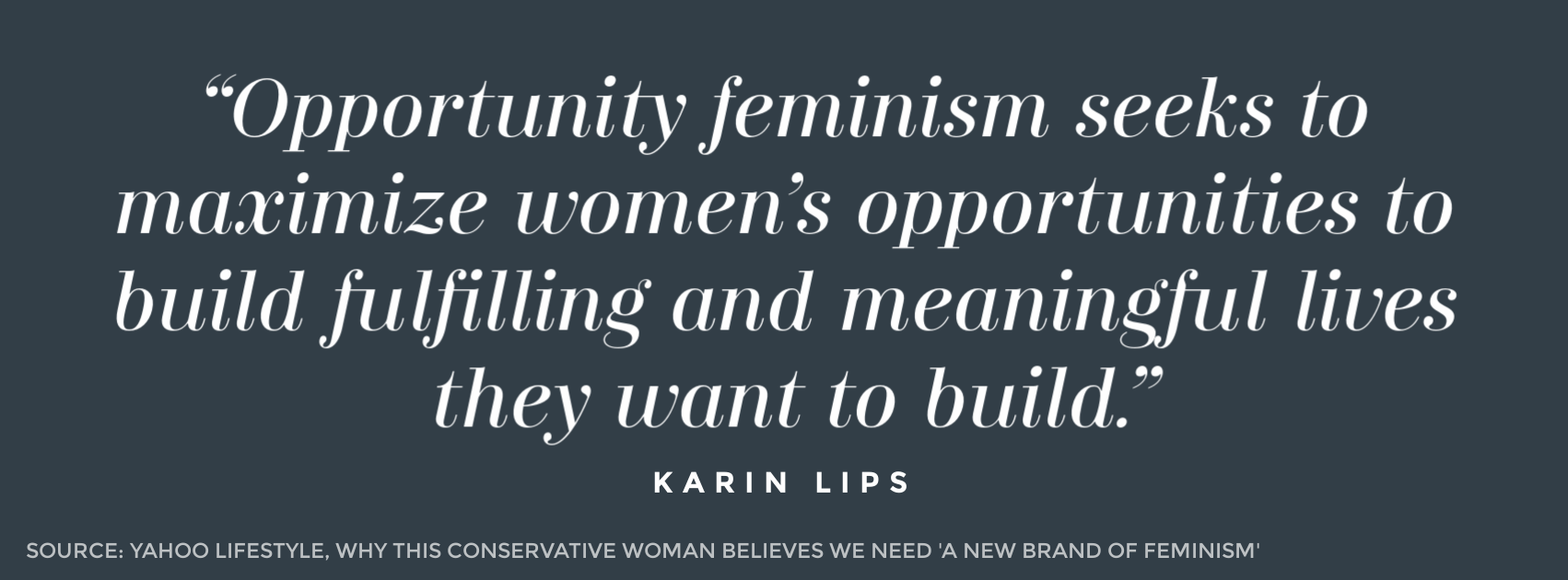At Their Summit, I Saw How Glamour Magazine Can Broaden Its Appeal By Welcoming Right Women
This article originally appeared in The Federalist.
Say goodbye to Glamour magazine on grocery store shelves. The outlet announced it will no longer print monthly print magazines starting in 2019. Glamour’s January print edition will be its last. Instead, the publication will focus on its digital brand. Launched in 1939, Glamour has amassed 9.7 million print readers, 11 million unique monthly users online, and 14 million followers across social media platforms. But that’s not enough to keep its print operation afloat.
Glamour is not the first women’s magazine to cut back or eliminate print editions in recent years. Seventeen cut its regular print magazines after the November/December 2018 issue. Teen Vogue no longer has a print edition either.
As part of Glamour’s rebranding and retargeting effort, the magazine should expand its appeal from fashion and feelings to intellectual debates. Glamour showcases bathing suits for different body types. Why not also offer different policy ideas to its readers? After attending the GlamourWomen of the Year Summit, I believe the magazine is positioned to be a leader in how women’s magazines engage with their audiences.
I run the Network of enlightened Women, known as NeW, an organization for conservative young women. In 2017, Glamour sent a reporter to write about our national conference in Washington, DC. She disclosed early in her article that she was a fish out of water:
As a 24-year-old liberal woman who cried watching Hillary Clinton lose the election live at New York’s Javits Center, this wasn’t a room I ever thought I’d find myself in, and my preconceived notions ran rampant—all I could think was that I didn’t have the right clothes, let alone the bandwidth for the mental gymnastics it would take to talk to women about Donald Trump without combusting.
She chatted with attendees over her “first ever” Chick-fil-A lunch, getting to know the women. She expected pearls, but instead noted the nose rings and hipster glasses. She concluded the women weren’t so bad after all:
On the train back to New York, I started thinking about this group of women that I’d known nothing about and, in some ways, judged unfairly….I started thinking about Hall’s ideal definition of feminism, and how she believes it should be a network of women supporting each other to run for office. Before the conference, I never really thought about wanting more Republican women in positions of power; I only focused on what was happening on the left. Now having met these women, and witnessing how tough-as-nails they are, I’ve never been more confident that the future of the Republican party is female—and in that way, they have my support.
It was the individual conversations that seemed to change her mind. Not someone shouting about politics, but hearing from these women on what they cared about and how they believed their policies would make the world better.



